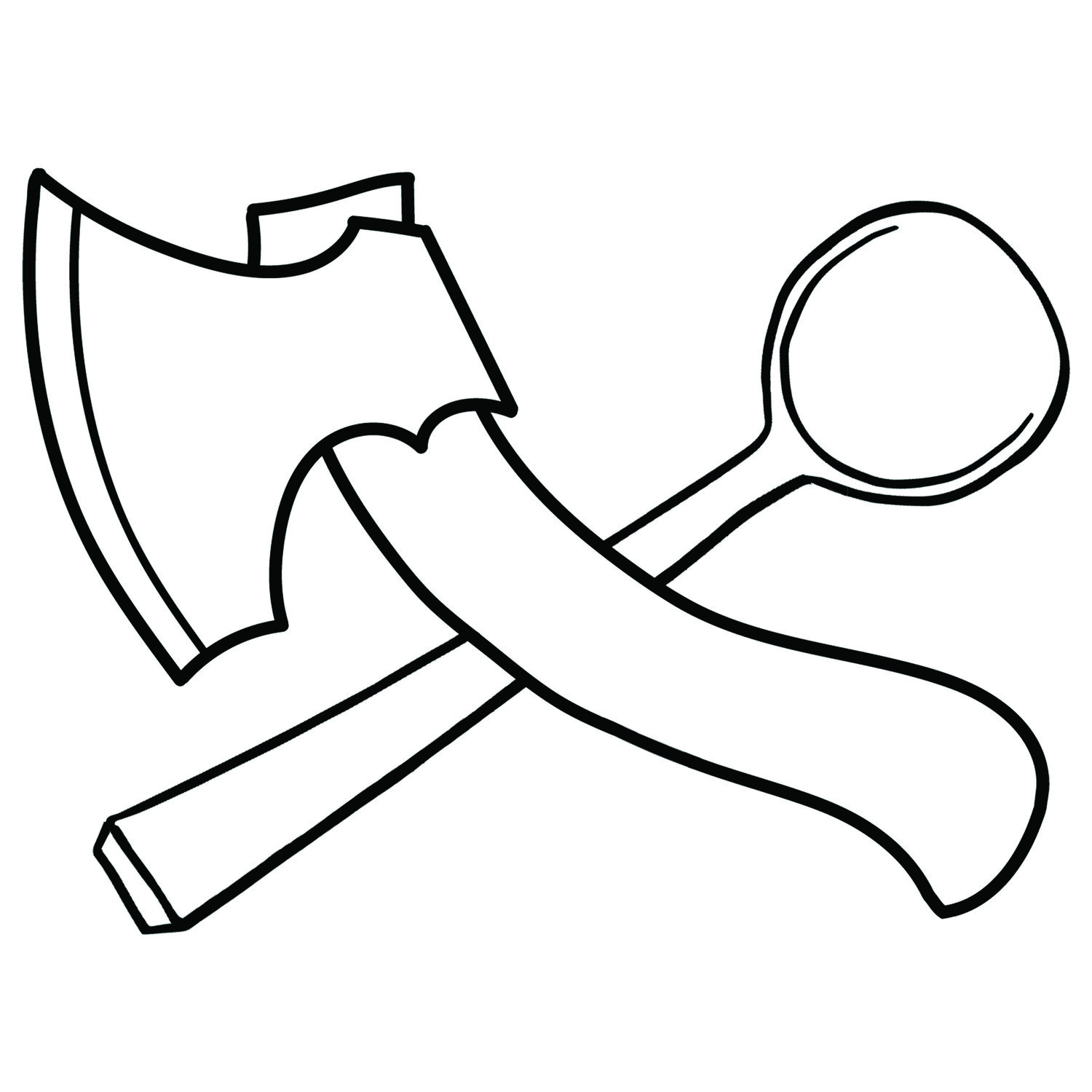Making Mandrels
Apprenticeship Day 4
As I mention in my last post, today was a day for turning. Honestly, this has been the happiest Jarrod has been in the workshop. Which is ironic, as this is the discipline I'm the least skilled at (for now).
The grand plan is for Jarrod to get me to the stage where I can quickly rough out bowl blanks, including a little hollowing and pass them over to him for the final shaping. In order for us to have a good workflow we need to be able to stockpile bowls at various stages. With pole lathe turning you can't easily remove and reattach the mandrel. So the first job was to make a bunch of mandrels.
Mandrel turning is basically spindle turning, the mainstay of chair makers. Some turn them on a pole lathe, although it's slightly different to a bowl lathe. The tool rest runs parallel to the work, and they tend to use chisels and gouges.
I however, was turning on a bowl lathe, where the tool rest lies at an angle to the work. And I was using turning hooks. Jarrod compared this kind of mandrel turning to the chopstick carving exercise I did yesterday. It's a good way to practice technique.
I started by axing out mandrels from dry wood. If you turn them green, they'll dry into ovals. Jarrod wanted me to just axe them to octagons. You can add an extra step where you take the octagons to the shave horse and get them almost round. However Jarrod wanted me have the added practice of starting with a rougher shape. I'm sure I'll thank him later...
I turned two of these into mandrels before Jarrod moved me onto a practice bowl. Annoyingly, in the same time, Jarrod turned a lidded box and most of a cup. Something to aspire to.
The biggest piece of advice from Jarrod that I can pass on is to move the hook slowly. Super slowly. My left hand was a fulcrum, pinning it to the tool rest. With my right hand, and sometimes my whole body, I move the tool handle in an arc. This creates a cut. Jarrod recommended at least two pumps on the foot pedal before moving the tool along the piece. This technique should create a ridge into the material yet to be carved. That ridge doesn't have to be large, but it helps give the hook something to bite into when you move your hand. I'll try and get some photos or videos to better illustrate this.
On my lathe at home I've turned maybe 80 bowls. What I realised today is that I have no systematic strategy for turning a bowl once it's on the lathe. When I carve a spoon or hew out a bowl, I'm quite methodical with my process, carving certain areas in a certain way before moving on. Not so with my bowl turning. I now feel that I was basically attacking the wood until it finally submitted and resentfully transitioned into bowl form. Watching Jarrod, and having him instruct me with my technique has opened my eyes to the possibility of finessing the wood into the bowl or container it wants to be.


